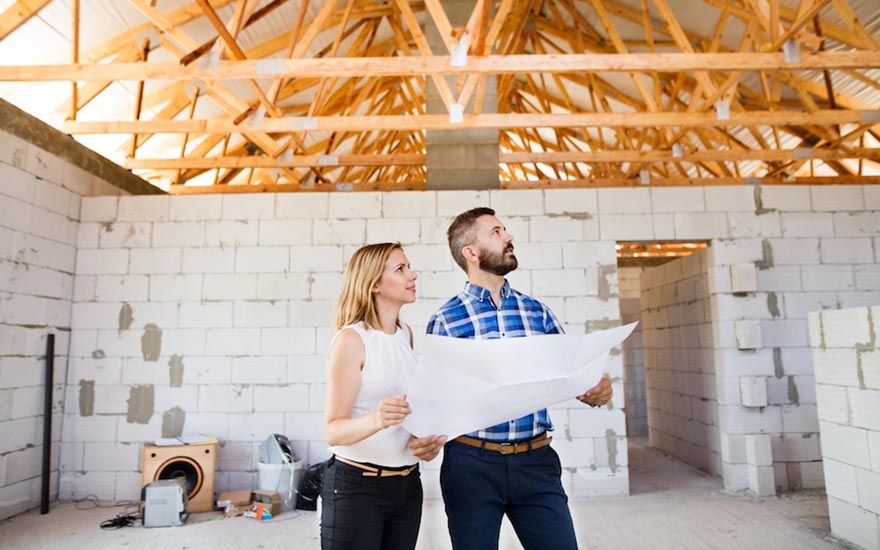Installing an internet network? 5 questions you should ask
Published on 15/05/2019 in Tech, tips & tricks
Are you building or renovating a house? Make sure to think about your internet network. A high-performance installation must be provided according to your current and your future needs. Here are 5 questions you should ask yourself at the design table to optimize the internet connection in your house.

-
Why install cabling in my new home?
An IT network always performs better with an Ethernet cable than with Wi-Fi. In optimal conditions, today's Wi-Fi makes it possible to reach between 800 and 980 Mbps within a radius of 5 to 10 meters without obstacles.
Since Wi-Fi capacity is shared, the more devices that are connected to Wi-Fi, the more its performance will deteriorate. Also, be aware that in apartment buildings, Wi-Fi signals from neighbors cause interference and may also impact performance.
For that reason, you should maximize the use of Ethernet cable whenever possible.
-
Which cables should you choose?
It all depends on your needs ... consider your current and future needs.
- A 5E cable allows 1 Gbps over 100 m.
- A 6 cable allows 10 Gbps over 40 m.
- A 6A cable allows 10 Gbps over 100 m.
Category 6 and 6A cables are obviously more expensive to buy, but given the exponential increase in traffic, it's a good investment.
-
How many network sockets and where should they terminate?
In modern buildings a technical space is provided, which very often houses the electrical panel, Proximus’ fiber and the network cables for in the home. The network cables must terminate in the place where the Proximus fiber comes in.
With regard to sockets and their quantity, this will mainly be dictated by your needs. However, we recommend that you install two sockets in the place where your modem will be, and it might be wise to install some in all the rooms which are likely in the future to contain a device requiring a network connection (decoder, printer, Wi-Fi access point, smart TV).
-
Where should you set up your b-box?
The b-box is traditionally installed in the technical room, where all the cabling is terminated. However, this may limit Wi-Fi performance in the other rooms.
A smart alternative would be to put your b-box where most of the traffic will be and as near to the main decoder as possible; in most cases, this will be the living room. Thanks to the double cabling between the living room and the technical room, you'll be able to connect the switch that serves the fixed devices in the other rooms.
Set up your modem in an open space, not in a cupboard, ideally at a height of at least one meter and with the light indicators facing outward.
-
What does the switch do?
As explained earlier, the network cables all arrive in the technical room. If you’re planning to have more than 4 cables in service, you'll need to provide for a switch so you can connect them all to the local network. Indeed, the b-box only has 4 Ethernet ports.
The switch is comparable to an electrical multi-socket, only in this case it's for network sockets. Depending on your needs, you'll find switches with 4, 8 or even 24 ports or more in specialist stores. Everything is feasible!